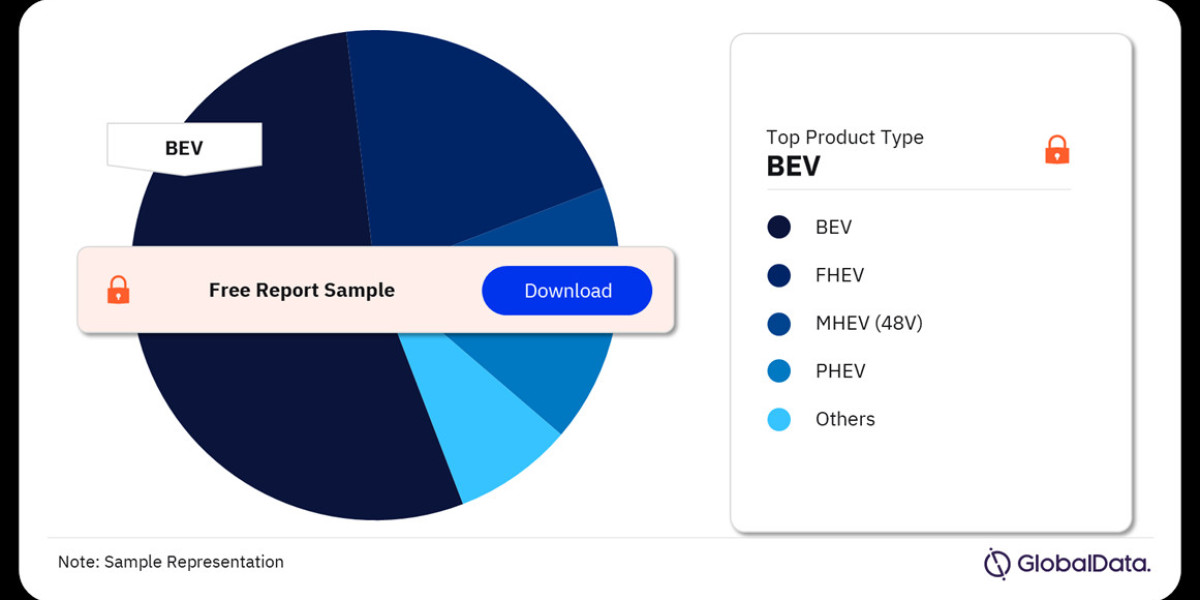The transportation landscape is undergoing a seismic shift. Electric vehicles (EVs), once relegated to niche markets, are now surging in popularity, posing a serious challenge to the reign of gasoline-powered cars. Driven by environmental concerns, technological advancements, and government incentives, the EV market is experiencing phenomenal growth, poised to disrupt the automotive industry entirely.
This article delves deep into the EV market, exploring its current state, future prospects, and the key factors shaping its trajectory. We'll examine the different types of EVs, analyze market trends, discuss the leading players, and explore the challenges and opportunities that lie ahead.
Unveiling the Electric Ecosystem: A Look at Different EV Types
Electric vehicles come in various configurations, each with its unique set of advantages and target audience. Here's a breakdown of the most common types:
Battery Electric Vehicles (BEVs): These are the most popular type of EV, powered solely by electricity stored in a rechargeable battery pack. BEVs offer zero tailpipe emissions and a smooth, quiet driving experience. However, range anxiety (fear of running out of power) and charging infrastructure limitations are current concerns.
Plug-in Hybrid Electric Vehicles (PHEVs): PHEVs combine an electric motor with a gasoline engine. They can be driven on electric power for a limited range but can switch to gasoline for longer journeys, alleviating range anxiety. PHEVs are a good transition option for drivers hesitant to fully commit to EVs.
Hybrid Electric Vehicles (HEVs): Although not technically EVs, HEVs deserve a mention. They use a combination of an electric motor and a gasoline engine, but unlike PHEVs, HEVs cannot be plugged in for charging. The battery in an HEV is charged by the gasoline engine and regenerative braking.
Fuel Cell Electric Vehicles (FCEVs): FCEVs are powered by electricity generated from hydrogen fuel cells onboard the vehicle. Hydrogen is refueled at dedicated stations, similar to gasoline or diesel. FCEVs offer extended range and faster refueling times compared to BEVs, but the technology is still in its early stages, and hydrogen infrastructure is limited.
The EV Market: A Power Surge in Progress
The EV market is experiencing exponential growth. According to the International Energy Agency (IEA), global electric car sales reached nearly 14 million in 2023, with China, Europe, and the United States leading the charge. This represents a significant jump from just a few years ago, highlighting the accelerating pace of EV adoption.
Market analysts predict continued growth for the foreseeable future. Fortune Business Insights forecasts the global EV market to reach a staggering USD 951.9 billion by 2030, with a Compound Annual Growth Rate (CAGR) of 13.8%. This growth is fueled by several factors:
Environmental Concerns: Rising awareness of climate change and the need for sustainable transportation is a major driver of EV adoption. Consumers are increasingly opting for eco-friendly vehicles as they strive to reduce their carbon footprint.
Government Incentives: Many governments offer financial incentives like tax breaks, purchase subsidies, and rebates to encourage EV ownership. These incentives make EVs more affordable and attractive to consumers.
Technological Advancements: Battery technology is constantly improving, leading to increased range and shorter charging times. Additionally, advancements in electric motors and powertrain systems are enhancing performance and driving dynamics.
Falling Battery Costs: Lithium-ion battery costs, a crucial component of EVs, have been steadily declining in recent years. This significant price drop is making EVs more price-competitive with gasoline-powered vehicles.
Shifting Consumer Preferences: Consumers are becoming more receptive to EVs, appreciating their environmental benefits, lower operating costs (due to cheaper electricity compared to gasoline), and smooth driving experience.
The EV Market Landscape: A Contested Arena
The EV market is a dynamic space with a growing number of players vying for dominance. Here's a glimpse at some of the key participants:
Established Automakers: Traditional automakers like General Motors, Ford, Toyota, Volkswagen, and Hyundai are investing heavily in EV development. They are leveraging their existing manufacturing expertise and dealership networks to accelerate EV adoption.
Tesla: The undisputed leader in the EV market, Tesla has revolutionized the industry with its innovative design and technology. Tesla's focus on performance, range, and a robust charging network (Superchargers) has cemented its brand image as the epitome of electric vehicles.
New Entrants: Several new entrants, like Rivian, Lucid Motors, and BYD (China), are disrupting the market with innovative electric vehicle offerings. These companies are catering to specific market niches and challenging established players with their cutting-edge technology.
Buy the Full Report for Additional Insights on the Electric Vehicles (EV) Market Forecast, Download a Free Report Sample


